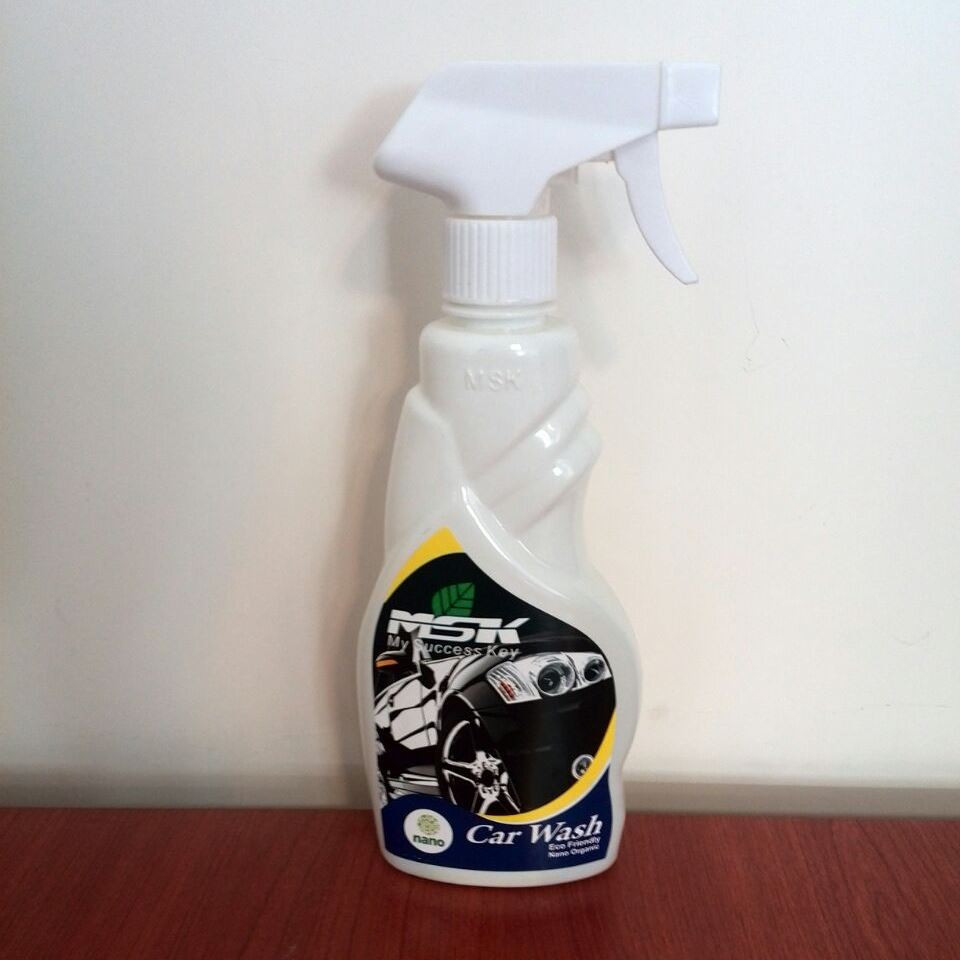| Setareh Taban Pak |

| Registration Date | 8 Apr 2017 |
| Revision Date | 19 Apr 2018 |
| Share |
Automotive Maintenance
Automotive DetergentThis product is alcohol-free oil/water nanoemulsion containing particles with the size less than 100 nm. The DLS result with the pdi equal to 0.223 shows a distribution of particles with 16nm in size. Nanoemulsions have a much higher surface area and free energy than macroemulsions that make them an effective transport system. Nanoemulsions do not show the problems of flocculation, coalescence and sedimentation, which are commonly associated with macroemulsions. Nanoemulsions could enhance the stability of chemically unstable compounds by protecting them from oxidative degradation and degradation by light. They are transparent or translucent dispersions with ultra-low interfacial tension and long-term physical stability.
A detergent is a surfactant or a mixture of surfactants with "cleaning properties in dilute solutions. These substances are a family of compounds that are similar to soap but are more soluble in hard water. In most household contexts, the term detergent by itself refers specifically to laundry detergent or dish detergent, as opposed to hand soap or other types of cleaning agents. Detergents are commonly available as powders or concentrated solutions. Detergents, like soaps, work because they are amphiphilic: partly hydrophilic (polar) and partly hydrophobic (non-polar). An emulsion is a mixture of two or more liquids that are normally unmixable. Emulsions are part of a more general class of two-phase systems of matter called colloids. Emulsions tend to have a cloudy appearance because the many phase interfaces scatter light as it passes through the emulsion. Two special classes of emulsions – microemulsions and nanoemulsions appear translucent. Nanoemulsions are emulsions with droplet size on the order of 100 nm. A typical nanoemulsion contains oil, water and an emulsifier. Since microemulsions are thermodynamically stable systems in equilibrium, they are sensitive to changes in temperature and composition. Therefore, nanoemulsions are attractive for aforementioned applications because they are relatively the least sensitive to physical and chemical changes and they can be kinetically stable over long time scales. This product is an alcohol free nanoemulsion which works as a detergent for cleaning and glazing variety of surfaces.